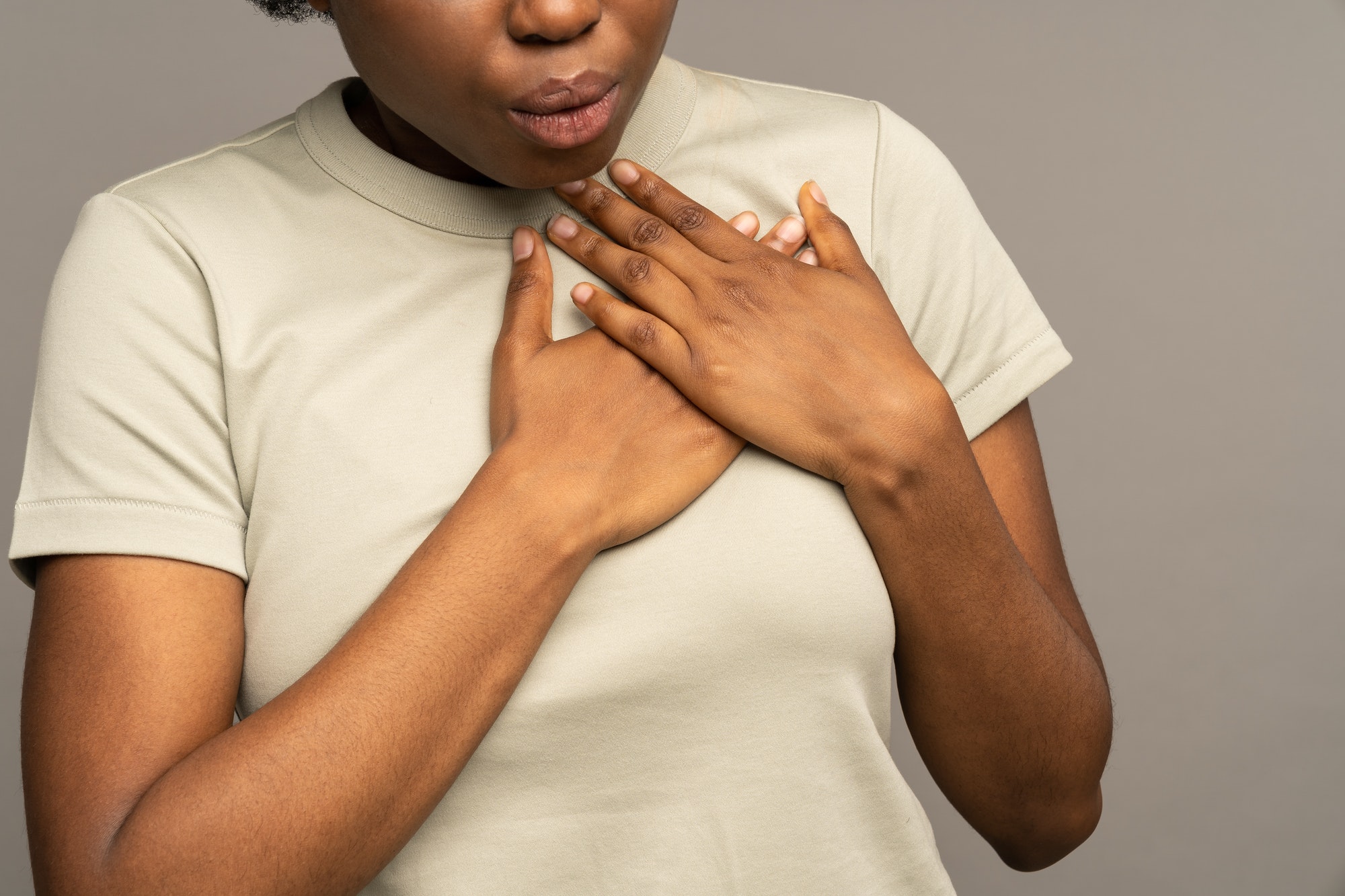What Are the Best Breathing Techniques for Deep Sea Freedivers?

Breathe, hold, dive, repeat. This is the mantra that accompanies every freediver into the water. But as you plunge into the depths of the ocean, it’s far more than a simple command. It’s a survival technique, a means of training your body to function in an environment we are not naturally built to navigate. So, what are the best breathing techniques for deep sea freedivers? Let’s dive into this underwater world to find out.
Understanding the Importance of Breathing in Freediving
Before we delve into the specifics of breathing techniques, let’s first understand the role of breath in freediving. Breathing is not merely a physiological function but an integral aspect of freediving that demands mastery.
A lire également : What Are the Safest Headgear Options to Reduce Concussions in Youth Rugby?
Breathing for freediving is a two-pronged approach. It’s about maximizing oxygen intake before the dive and efficiently using it underwater. Breath-hold or apnea training is a critical aspect of freediving. It helps the body adapt to lower levels of oxygen (hypoxia) and higher levels of carbon dioxide (hypercapnia).
Hypoxia tolerance allows you to stay underwater longer without breathing, while hypercapnia tolerance helps prevent the urge to breathe, which typically comes from elevated carbon dioxide levels, not lack of oxygen. Training the body to deal with these conditions can dramatically increase your dive time.
A voir aussi : How Can Gyroscopic Hand Exercisers Improve Grip Strength for Rock Climbers?
Breath Training for Freediving
Breath training for freediving involves a variety of techniques that can help improve your lung capacity, breath-hold time, and overall performance underwater. Here’s a breakdown of some effective practices.
Diaphragmatic Breathing
Diaphragmatic breathing, or deep belly breathing, is the foundation of breath training for freediving. It’s about leveraging the diaphragm, the primary muscle of respiration, to draw more air into your lungs.
To practice this technique, sit or lie down in a comfortable position. Place one hand on your chest and the other on your stomach. Take a slow, deep breath through your nose, focusing on filling your belly (not your chest) with air. You should notice your stomach rise, pushing your hand outward. Exhale slowly through your mouth, pushing out as much air as you can while contracting your abdominal muscles. The hand on your stomach should move inward, while the one on your chest should remain relatively still.
Box Breathing
Box breathing is a powerful technique for stress management and relaxation, making it ideal for freedivers. It can help reduce anxiety and calm the mind before a dive.
To practice box breathing, find a peaceful, quiet space where you won’t be disturbed. Close your eyes and slowly inhale through your nose for a count of four. Hold your breath for another count of four. Exhale smoothly through your mouth for a count of four, then hold your breath again, this time on the exhale, for a count of four. That completes one cycle or "box." Start with one minute of practice and gradually lengthen the duration.
Apnea Tables for Breath-Hold Training
Apnea tables are a type of breath-hold training specifically designed for freedivers. They are sets of exercises that challenge your body to adapt to hypoxia and hypercapnia, thereby increasing your breath-hold time.
Oxygen Tables
Oxygen tables focus on extending the breath-hold time with each successive round. The aim is to improve your hypoxia tolerance. An oxygen table might, for example, instruct you to breathe for two minutes and then hold your breath for one minute (repeated five times), then breathe for two minutes and hold for 1.5 minutes (again, repeated five times), and so on.
Carbon Dioxide Tables
Carbon dioxide tables, on the other hand, focus on reducing the breathing time with each successive round, forcing your body to deal with higher carbon dioxide levels. This helps improve your hypercapnia tolerance. A carbon dioxide table might instruct you to breathe for two minutes and hold your breath for one minute, then breathe for 1.5 minutes and hold your breath for one minute, and so on.
Underwater Techniques for Deep Freediving
Finally, it’s time to take your training from dry land to water. Underwater training techniques like the ‘breathe up,’ ‘duck dive,’ and ‘equalization’ can further optimize your breath-hold and dive time.
The Breathe Up
The breathe-up is a pre-dive technique aimed at relaxing the body and filling the lungs with as much oxygen as possible. It involves slow, deep diaphragmatic breathing, often combined with box breathing, to calm the mind and body before the dive.
The Duck Dive
The duck dive is a technique used at the start of the dive to conserve energy and oxygen. It involves a smooth, coordinated movement that propels you underwater and begins your descent with minimal effort.
Equalization
Equalization is a technique used to balance the pressure in your ears as you descend. It involves pinching your nose and gently ‘blowing’ out, causing your ears to ‘pop.’ This can prevent discomfort or injury from the increasing water pressure.
Remember, the right breathing techniques can make all the difference between a successful dive and an unpleasant experience. Practice these methods regularly, listen to your body, and always prioritize safety. Happy diving!
Segmental Breathing and Heart Rate Control for Deep Freediving
Next, let’s focus on a more advanced technique known as segmental breathing. This technique involves dividing your breath into different segments or sections, which helps to maximize the capacity of your lungs. It’s a great way to increase your lung volume and make the most out of every breath.
To practice segmental breathing, start by inhaling into your belly as you would in diaphragmatic breathing. Once your belly is full, continue inhaling into your lower chest, then your mid-chest, and finally, your upper chest. Imagine filling up a glass of water, starting from the bottom and slowly rising to the top. As you exhale, reverse this process, emptying from top to bottom. This method ensures you’re using all areas of your lungs, increasing your lung capacity.
Another fundamental aspect is controlling your heart rate. The heart rate tends to increase as you hold your breath due to the body’s natural stress response to low oxygen levels. However, a lower heart rate means less oxygen consumption, which can help extend your dive time. Deep breathing and relaxation techniques can help slow your heart rate and conserve oxygen.
Static Apnea Training for Longer Breath Holds
Static apnea training is a vital part of a freediver’s regimen. It involves holding your breath for as long as possible while staying still, usually floating face-down in a pool. The goal is to condition your body to the feeling of breath-holding and to extend your breath-hold time gradually.
To conduct static apnea training, ensure you’re in a safe and controlled environment, ideally supervised by a trained professional. Start by floating face-down in a pool, taking slow, deep breaths, and then hold your breath. Remember to relax your body, slow your heart rate, and focus on the sensation of holding your breath. Use the urge to breathe as a signal to surface safely and take recovery breaths. Over time, you should notice an increase in your static breath-hold duration.
Conclusion: Mastering the Breathe, Hold, Dive Cycle
Mastering the art of breathing is crucial for deep sea freediving. From diaphragmatic and segmental breathing to heart rate control and static apnea training, different techniques can help you maximize your oxygen intake, improve your tolerance to hypoxia and hypercapnia, and increase your lung capacity. Remember, breath training should be a regular part of your freediving regimen. Practice these techniques consistently, and you’ll notice a substantial improvement in your dive time and underwater experience.
Remember that scuba diving and freediving are different. Freedivers rely solely on the air in their lungs and their ability to hold their breath, while scuba divers use breathing apparatus. Thus, mastering these breathing techniques becomes even more critical for freedivers.
Lastly, safety should always be the priority. Never practice breath holds alone, especially in the water, and always listen to your body. Diving is not about pushing past your limits, but understanding and working within them. As you become more experienced, you’ll learn to recognize your body’s signals and how to respond to them effectively. With patience and practice, you can master the breathe, hold, dive cycle and enjoy the beauty of the underwater world with confidence and ease.
